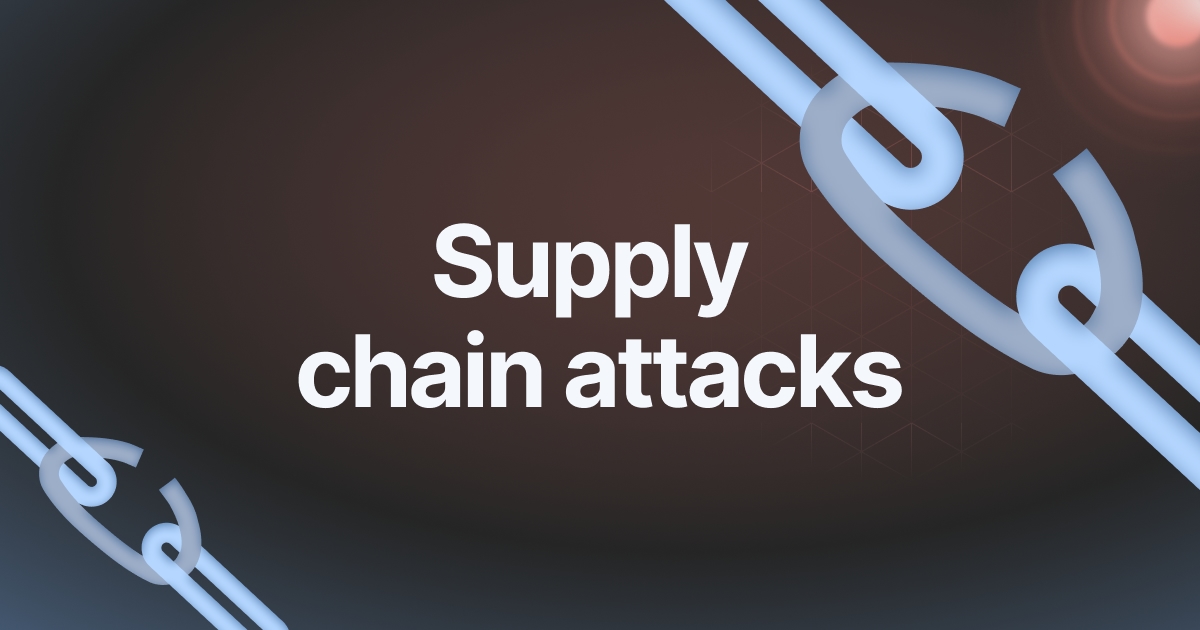The idea of a perimeter around the information of your business is fast becoming obsolete in our digitally interconnected world. Supply Chain Attacks are an emerging kind of cyberattack that exploits complex software and services used by companies. This article examines the supply chain attack, the threat landscape and the weaknesses of your business. It also provides steps you can take to strengthen your defenses.

The Domino Effect: How a Tiny Flaw Can Cripple Your Business
Imagine the following scenario: Your business does not utilize an open-source software library, which has a vulnerability that is known. But the analytics-related services for data, upon which you depend heavily, has. This seemingly insignificant flaw turns into your Achilles’ ankle. Hackers exploit this flaw in the open-source software, gaining access to the provider’s systems. Now, they could have access to your company’s systems, thanks to an invisibly third-party connection.
This domino effect perfectly illustrates the subtle character of supply chain hacks. They target the interconnected systems businesses rely on, infiltrating the systems that appear to be secure by exploiting flaws in the software of partners, open-source libraries as well as cloud-based services (SaaS). Talk to an expert for Supply Chain Attack Cybersecurity
Why Are We Vulnerable? The rise of the SaaS Chain Gang
Supply chain attacks are the result of the same forces that fuelled the current digital economy with the growing use of SaaS and the interconnection between software ecosystems. The ecosystems that are created are so complicated that it’s hard to keep track of all the codes that an organisation may interact with even in an indirect way.
Beyond the Firewall Traditional Security Measures Do not work
It is no longer sufficient to rely on traditional cybersecurity measures aimed at fortifying the systems you are using. Hackers are able bypass perimeter security, firewalls and other measures to penetrate your network by using reliable third-party vendors.
The Open-Source Surprise There’s a Catch: Not Every Free Code is Created Equal
Another vulnerability is the huge popularity of open-source software. Although open-source software libraries are beneficial however they can also be a source of security risks due to their ubiquity and dependence on developers who are not voluntarily involved. The unpatched security flaws in the widely used libraries can expose many organizations who have integrated these libraries in their systems.
The Invisible Attacker: How To Spot the signs of the threat to your Supply Chain
It can be difficult to spot supply chain attacks due to the nature of the attacks. Certain warning indicators can raise the alarm. Strange login patterns, strange data activities, or unexpected software upgrades by third-party vendors can indicate an insecure ecosystem. An incident of serious security at a library or a service provider widely used is a good reason to take action immediately.
Building a Fortress inside a Fishbowl Strategies to Reduce Supply Chain Risk
What can you do to increase your defenses? Here are some essential things to keep in mind.
Do a thorough analysis of your vendors’ cybersecurity methods.
Cartography of Your Ecosystem Make a complete map of the various software libraries, services, and other software that your business relies upon, both directly and indirectly.
Continuous Monitoring: Watch your systems for suspicious activity, and follow security updates from every third-party vendors.
Open Source with Caution: Exercise cautiously when integrating open source libraries. Prioritize those with well-established reputations and active maintenance communities.
Transparency is a key element to building confidence: encourage vendors to adopt robust security measures and encourage open communication with you regarding possible security risks.
The Future of Cybersecurity: Beyond Perimeter Defense
Attacks on supply chain systems are on the rise, and this has forced businesses in the field to rethink their strategy for security. It’s no longer enough to be focusing on only securing your private perimeter. Organizations must employ a more comprehensive strategy, focussing on cooperation with suppliers as well as transparency within the software ecosystem, and proactive risk mitigation across their entire supply chain. In recognizing the threat of supply chain attacks and actively fortifying your defenses to ensure your business remains secure in a constantly changing and interconnected digital landscape.